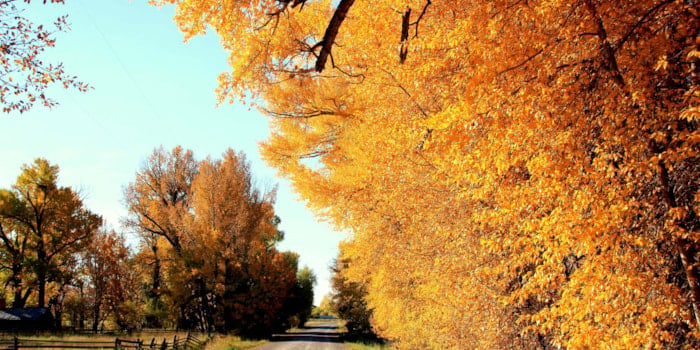Following the EarthCache Trail on the Upper Missouri River
Posted September 4, 2014
 When the Bureau of Land Management’s Missouri Breaks Interpretive Center in Fort Benton, Montana came up with the idea of earthcaching I wasn’t quite sure what it was.
When the Bureau of Land Management’s Missouri Breaks Interpretive Center in Fort Benton, Montana came up with the idea of earthcaching I wasn’t quite sure what it was.
I had heard of “geocaching”, hadn’t ever tried it, but at least that term was familiar. Earthcaching was something new for me.
I planned to do some studying on earthcaching before I tried doing it but that just didn’t happen. However, the BLM had some nice handouts explaining it. Two booklets were geared to kids and I appreciated that because I was definitely at the very beginning level.
The Upper Missouri River is a favorite canoe area of mine but we would be doing a stretch that I had only done part of, and that was a few years ago.
My group met at the BLM’s Missouri Breaks Interpretive Center. The first thing we learned is that we would be canoeing in a national monument which is a 375,000 acre landscape filled with history.
So, what is an earthcache? The similarity to geocaching is entering the designated waypoints and finding a specific location. We would be using GPS units and we practiced putting in the coordinates (a bit of a struggle for me).
 Once we arrived at the locations (hopefully we entered them correctly) we would look at the landscape for unique geology. The handouts listed different land formations like floodplains, valleys, braided or straight rivers.
Once we arrived at the locations (hopefully we entered them correctly) we would look at the landscape for unique geology. The handouts listed different land formations like floodplains, valleys, braided or straight rivers.
Geocachers look for small containers with trinkets or messages.
Earthcaching is a discovery on your own to learn the uniqueness of the area without leaving anything behind. To prove you were there, you can answer a list of prepared questions.
Earthcachers can also log their visit once they have computer access. The Upper Missouri River doesn’t have cell service or access in most of the area so its helpful to take notes.
It was mid-morning when we launched our canoes, putting in at the public launch near the old fort.
 After we paddled downstream a mile or so we started receiving beeps from our GPS units. Our distances to the earthcache area weren’t the same but we were close.
After we paddled downstream a mile or so we started receiving beeps from our GPS units. Our distances to the earthcache area weren’t the same but we were close.
After pulling canoes to the side of the river and climbing up the bank we started to learn some serious geology. Funny thing, there is serious geology all along that river – it helps to stay aware of the amazing things passing by and that is the goal of earthcaching.
We paddled a total of 21 miles that day and yup, my arms were a bit sore at the end of the day.
We found another earthcache farther downstream and pointed out some other areas that we thought would be interesting points to highlight.
BLM has noted 19 earthcache sites on the Upper Missouri River and dubbed it the EarthCache Trail. If you are planning to float the river and follow the trail, contact the BLM at 406-622-4000 for details.
It was a beautiful day – about 80 degrees, calm in the morning and a breeze in the afternoon, and unique clouds that mesmerized me.
It was an educational day – I’ve seen those riverbanks many times but now I have a deeper connection as I reflect on how they were formed.
 It was a fun day – good laughter and conversation with friends, some exercise and plenty of fresh air.
It was a fun day – good laughter and conversation with friends, some exercise and plenty of fresh air.
It doesn’t get much better!
Recent Posts

September 15, 2023
I’ve always felt it is hard to put into words how special Autumn in Central Montana can feel. Ther air…
Read More
February 16, 2024
If Central Montana is the Heart of the Big Sky, then Lewistown would be one of its main heartbeats. Geographically…
Read More
July 7, 2023
If you’re looking for a place to expand your horizons, literally and figuratively, then Central Montana needs to be at…
Read More









